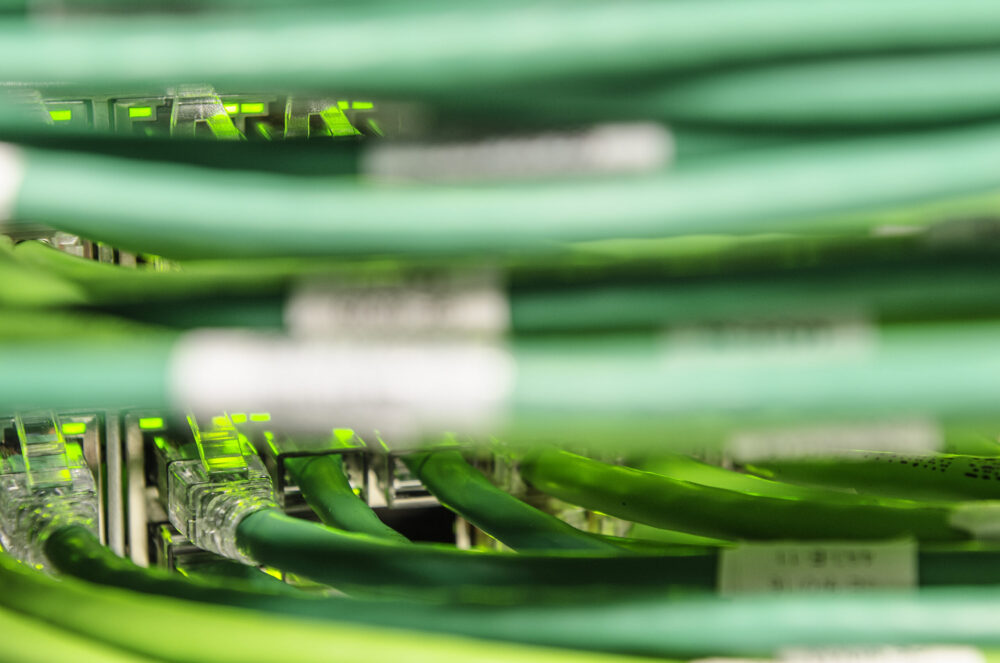The internet plays a central role in Americans’ lives and the world’s economy. As a result, many governments have prioritized policies to increase access to broadband internet. While a large majority of households in the US have access to broadband internet (about 69% in 2018), households in the lowest income brackets remain disproportionately unconnected to a broadband internet service provider. For example, in 2018, 83% of households in the top income quartile were connected to a broadband internet provider compared to 55% in the bottom quartile. The lack of access to broadband internet is often referred to as the “digital divide”.
In 2021, as part of the Biden Infrastructure Act (BIA), the US government allocated US$ 65 billion to improve broadband connectivity and bridge the digital divide through two types of policies. The first type of policy tackles the problem on the demand side by providing subsidies to low-income households to subscribe to a broadband internet provider. The BIA allocated US$ 14.2 billion (or 22%) of the funds to this type of policy. The second type of policy focuses on the supply side by providing economic incentives (e.g., grants) for the rollout and improvement of new broadband infrastructure in areas with deficient coverage. The BIA allocated US$ 42.25 billion to this second type of policy (or 65%). Augusto Espín and Christian Rojas, researchers at the University of Massachusetts Amherst set out to empirically evaluate the effectiveness of these two types of policies in their recent paper, Bridging the digital divide in the US.
The underlying approach consisted in estimating a model of broadband internet demand in the US which provided the researchers with parameters that trace out consumers’ reaction to broadband internet prices. Importantly, the study estimates how these price reactions vary by income level. With the estimates at hand, the researchers then simulated two types of scenarios. In the first, they computed the increase in broadband penetration that would result from a subsidy applied to the lowest income households (i.e., a reduction in price equivalent to the income-based subsidy specified by the BIA). In the second, they calculated the increase in broadband penetration if new broadband infrastructure were to be rolled out in unserved areas. To make the scenarios comparable in terms of effectiveness, the study also computed the estimated costs of each of the two policies.
The main result of the study is that subsidies are, given the observed level of network deployment in the U.S., significantly more effective than network rollout incentives at reducing the digital gap Using 2018 as an example, the subsidy policy would increase adoption by 4.3 percentage points (from 69.35% to 73.64% in 2018) at cost of $6.83 billion whereas the new network rollout policy would increase adoption by only 0.27 percentage points at a cost of $1.75 billion. These figures imply that subsidies require about US$ 1.6 billion to increase penetration by 1 percentage point, whereas network rollout policies would cost about US$ 6.5 billion per penetration point. In other words, subsidies are about 4 times more cost-effective in closing the digital divide.
Importantly, given their income-based approach, subsidies are particularly effective at reducing the digital divide across the income distribution. Specifically, the BIA subsidies would increase adoption in the bottom income quartile by 23 percentage points, which would almost eliminate the current disparity in broadband adoption with respect to households in the top quartile of the income distribution.
(Full paper published in IJIO Volume 93, March 2023)

